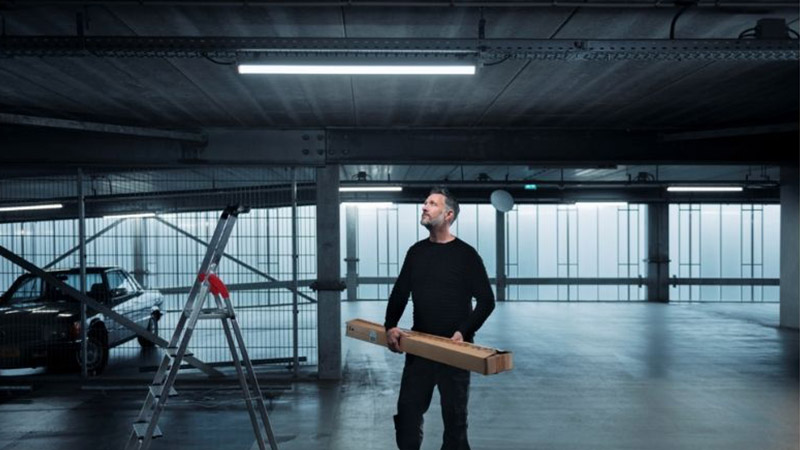July 28, 2021
To prevent catastrophic warming, let’s turn up the heat on policy plans
As business leaders, we know that transformative action starts with a strong commitment, followed by a concrete action plan and, underpinning it all, the focus and resilience to see it through. With global temperatures rising at unprecedented levels, it is now up to our political leaders to take on the greatest leadership challenge of all.
Last year, the European Commission signed off on its commitment: at least 55% reduction in emissions by the year 2030. This month, this ambition was backed up by Fit for 55, a package of new and revised initiatives that creates the legislative framework to deliver on the EU’s promise to its people. The ambition does not change, but now has the support of climate and energy laws to safeguard its progress. And with a 55% emissions reduction target considered rather modest, our road to reaching it must at least be robust. Ensuring that we remain on a rock-solid path to this target is the task of Fit for 55.






